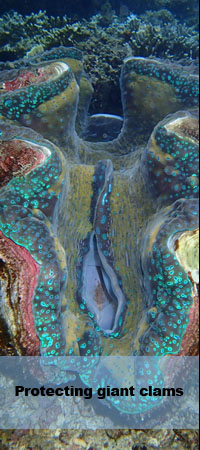|
Giant clams (family Cardiidae, subfamily Tridacninae) are a group of marine bivalve molluscs consisting of two genera (Hippopus and Tridacna) with twelve known species living in tropical marine waters. These charismatic bivalves are an important ecological component of coral reefs, especially as contributors to overall productivity and providers of substrate (e.g., their shells) for many life forms. Giant clams are unique due to their large size and very specialized feeding mechanism. The largest giant clam species, (Tridacna gigas) is the largest species. It can reach up to 1.2 m long and weigh up to 200 kg. While not all species of giant clam are this size — they range from 15 cm to 1.3 m shell length, with most of them in the 40–50 cm range.
Unfortunately, populations of wild giant clams are declining rapidly in various countries including Australia, Indonesia, Malaysia, and the Philippines. For examples, many coral reef sites studied by Endangered Species International in Indonesia and the Philippines used to harbor giant clams, however, nowadays encountering a giant clam is very rare.
Giant clams are facing important threats from coral reef degradation and destruction, harvesting by coastal and island communities, and the sale and export of wild and dead specimens for the illegal aquarium trade and ornamental shell trade. Further, giant clams are one of Buddhism’s “seven treasures” along with gold. China’s new rich with no conscience and awareness prize their big shells as showy ornaments. Each can cost as much as $3,000. Giant clams were poached in the 1970s because their meat was believed to be an aphrodisiac in China. Then they were popular in the 1980s for aquariums. Now they are in demand for carvings and beads. Giant clams are highly vulnerable in the wild to stock depletion because of their late sexual maturity and immobile adult phase. Where densities of mature clams decrease, breeding is disrupted and populations become reproductively dysfunctional. This can result in reduced significant recruitment and eventual population collapse.
To date, nine giant clam species are protected under Appendix II of the Convention on International Trade in Endangered Species of Wild Fauna and Flora (CITES). However, giant clams continue to delcine in their marine habitat. In order to protect effectively threatened giant clams, ESI implement the follwing concrete approach in the field:
Survey, monitor and directlly protect giant clams within coral reef sites in the Coral Triangle; Support higher density of mature clams to stop declining populations; Conduct awaraness and education activties towards conservation of giant clams and coral reefs within costal communities; Create marine surveillance and support effective management of marine protected areas
Join us
You can be the one to help ensure that nature’s most vulnerable coral reefs and marine enviroment are given the care, the love and the protection that they need. With your help, we can ensure that amazing natural treasures like giant clams get the urgent protection and restoration that is critical to their survival.
Links
|
|
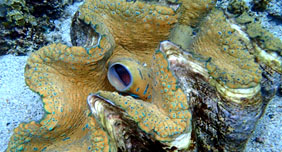
As reefs disappear, so do giant clams. © Endangered Species International
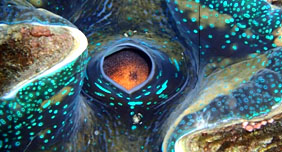
Giant clams fill a valuable role as filter feeders, cleaning the water of pollutants as they ingest algae or plankton. © Endangered Species International
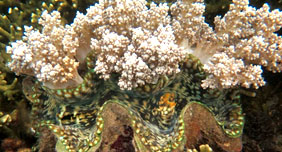
Giant clams are nurseries for fish, serving as refuges for juveniles escaping predators, and the shell ridges provide privacy for adults laying egg. © Endangered Species International

Giant clams recently seized in the Philippines. © AFP
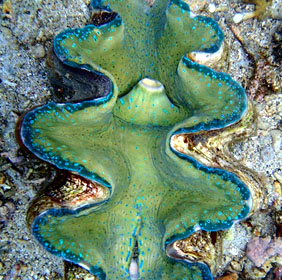
Giant clams are reef builders and shapers, food factories, shelters, reservoirs of algae, and water filters. © Endangered Species International
|

